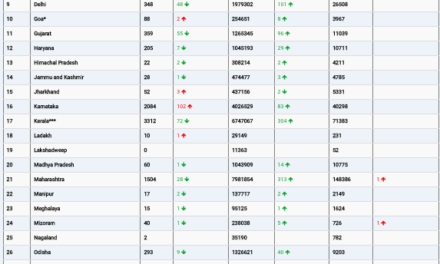Today during World Health Worker Week, the World Health Organization (WHO) published guidance on Bilateral agreements on health worker migration and mobility. The guidance was developed by WHO and the Organisation for Economic Co-operation and Development, with the International Labour Organization, as part of the Working for Health programme.
Health workers are critical to provide essential health services and public health functions. Yet many countries with unmet needs for health services also have the lowest density of health workers. Continuous large-scale migration of health workers from these countries can widen health inequities and present risks to global health security. In contrast, properly managed international migration of health workers has the potential to strengthen health systems.
The WHO Global Code of Practice on the International Recruitment of Health Personnel recommends the use of bilateral agreements for international recruitment to minimize negative impacts on countries with pressing health needs and to link health worker migration with concurrent and fair investments in health system strengthening.
Ethical international recruitment should result in direct benefits to health systems of both source and destination countries and should ensure the rights and welfare of migrant health workers. The WHO Guidance provides practical recommendations for the development of such agreements, keeping health system priorities at the fore and underscoring the importance of safeguards and decent employment for the health workers in host countries. It is applicable to all government-to-government agreements that have a component of health worker mobility and migration.
“We need a new generation of bilateral agreements that promote fair and ethical international health worker migration and mobility that brings proportional benefits to health systems of both source and destination countries. This guidance supports that,” said Director of Health Workforce, James Campbell.










